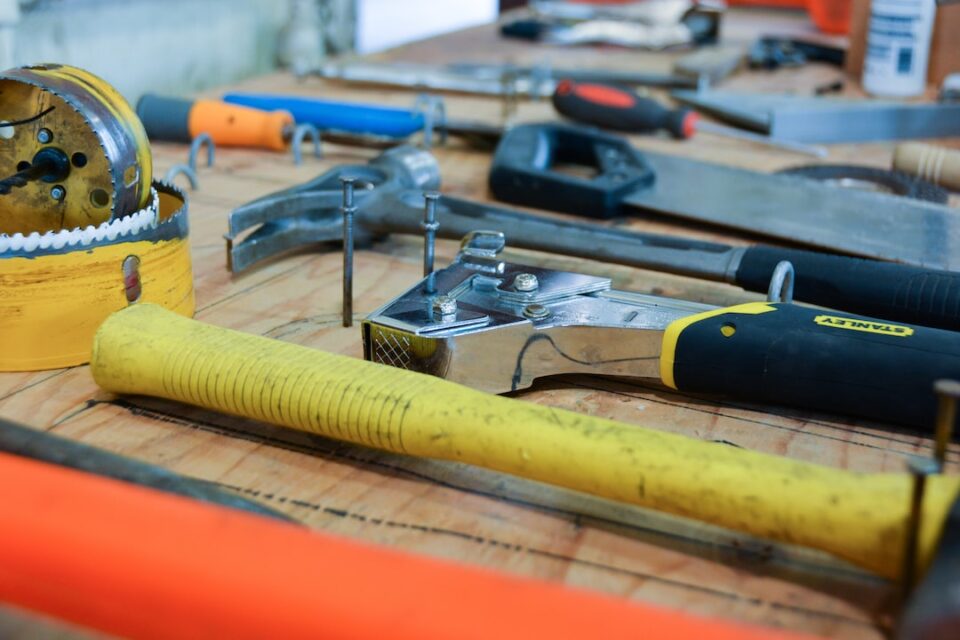The Future of Manufacturing: Trends to Watch Out For
In today’s rapidly evolving technological landscape, it is crucial for manufacturers to stay ahead of the curve and anticipate the future of manufacturing. As new technologies continue to emerge, companies must adapt to ensure their longevity and success. In this blog post, we will explore some of the key trends that are set to shape the future of manufacturing.
1. Artificial Intelligence (AI): AI has already made significant inroads in various industries, including manufacturing. The integration of AI in the manufacturing process can lead to increased automation, improved efficiency, and enhanced decision-making capabilities. AI-powered robots can perform complex tasks with greater precision and speed, reducing human error and increasing productivity. Additionally, machine learning algorithms can analyze vast amounts of data to identify patterns and optimize production processes.
2. Internet of Things (IoT): The IoT has revolutionized the manufacturing industry by connecting devices, machines, and sensors to share information and drive efficiency. By enabling real-time data monitoring, manufacturers can track and analyze performance metrics, identify bottlenecks, and make informed decisions to streamline operations. IoT devices can also predict maintenance requirements, reducing downtime and preventing costly equipment failures. As more devices become interconnected and data-driven, the IoT will play a crucial role in optimizing supply chains and improving overall productivity.
3. Additive Manufacturing (3D Printing): Additive manufacturing, commonly known as 3D printing, has experienced significant advancements in recent years. This technology allows manufacturers to create complex, customized products with greater speed and efficiency. By building layer upon layer, 3D printers can produce intricate designs that were previously impossible with traditional manufacturing techniques. This not only saves time and costs but also opens up new possibilities for product development and customization. As 3D printing technology continues to improve, it will disrupt traditional manufacturing processes, making it a trend to watch out for in the coming years.
4. Robotics and Automation: Robotics and automation have already had a profound impact on the manufacturing industry, and this trend is expected to continue in the future. Robots can perform repetitive and dangerous tasks with precision, speed, and consistency, freeing up human workers to focus on more complex and creative tasks. Additionally, collaborative robots, or cobots, can work alongside humans, enhancing efficiency and safety on the factory floor. As robotics technology continues to advance, we can expect to see more flexible and intelligent robots, further revolutionizing the manufacturing processes.
5. Sustainable Manufacturing: As environmental concerns continue to grow, sustainable manufacturing practices are becoming increasingly important. Manufacturers are increasingly looking for ways to minimize their impact on the environment by reducing waste, optimizing energy consumption, and utilizing more sustainable materials. This includes the implementation of recycling initiatives, lean manufacturing practices, and the adoption of renewable energy sources. Sustainable manufacturing not only benefits the environment but also improves brand reputation and attracts environmentally-conscious customers.
6. Virtual and Augmented Reality: Virtual and augmented reality technologies are not only transforming the gaming and entertainment industries but also making their mark in manufacturing. VR and AR can provide valuable training experiences for employees, enabling them to simulate real-world scenarios and practice complex tasks in a safe and controlled environment. These technologies can also be used for remote assistance, allowing experts to guide technicians from a separate location, reducing travel costs and improving troubleshooting processes. By integrating VR and AR into manufacturing workflows, companies can improve training, collaboration, and productivity.
7. Supply Chain Digitization: Digital transformation is reshaping the entire supply chain, from procurement to distribution. By leveraging technologies like blockchain, companies can improve transparency, traceability, and security within their supply chains. Blockchain technology, for instance, creates an immutable ledger that records every transaction, ensuring authenticity and reducing the risk of fraud. Additionally, digital platforms and cloud-based solutions enable real-time collaboration and communication between suppliers, manufacturers, and customers, allowing for more efficient and streamlined operations.
Conclusion:
The future of manufacturing is undoubtedly exciting, as advancements in AI, IoT, 3D printing, robotics, sustainability, virtual and augmented reality, and supply chain digitization continue to revolutionize the industry. To stay competitive, manufacturers must embrace these trends and adapt their operations accordingly. By doing so, they can unlock new opportunities, improve productivity, reduce costs, and ultimately thrive in a rapidly evolving manufacturing landscape.

